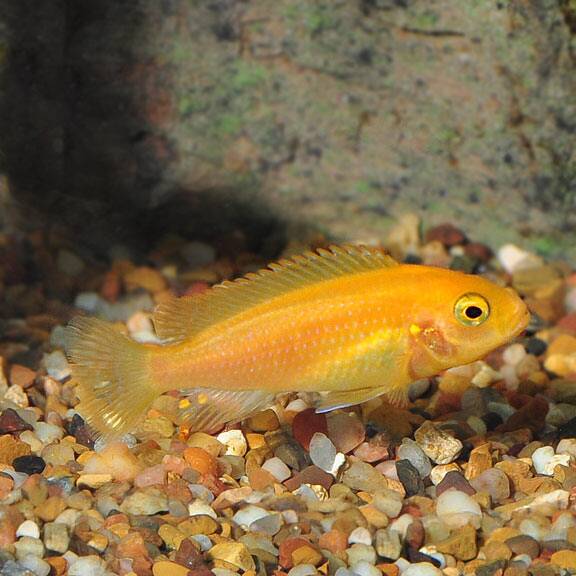

Frozen and live foods may be fed as treats or to help induce spawning. They are omnivores and will thrive on freeze dried black worms, beefheart, frozen blood worms, and a variety of pellet and flake food. In nature discus eat a considerable amount of plant material and detritus, but also forage along the bottom looking for worms and small crustaceans. All of these fish tolerate the high temperatures and low pH/hardness required by discus. However, suitable aquarium mates include cardinal tetras, neons, emperor and rummy nose tetras, as well as clown loaches and dwarf cichlids such as rams and Apistogramma species. Most serious hobbyists do not mix their discus with too many other species. Shy or submissive fish should be removed if they are unable to compete. Substrate should be fine to medium grade and smooth surfaced, as discus like to forage along the bottom for food.ĭiscus are generally calm, peaceful fish, but as cichlids they can be aggressive toward one another, especially when attempting to pair off and spawn. A few floating plants can also be added to provide shaded areas and cover. Current should be gentle, and décor if used at all should include large broadleaf plants and driftwood that is arranged vertically to simulate downed branches and trees. Tall aquariums are best, to accommodate their body shape.


#Red zebra cichlid carrying fri full#
Don’t forget to treat tap water with conditioner before refilling your aquarium!ĭiscus grow to be quite large, and full sized discus will require an aquarium of 50 gallons or larger when they reach adult size. Discus require pristine water quality, and depending on the filtration system being used, a weekly or bi-weekly water change of 10% to 25% is highly recommended. While captive bred discus can be kept in dechlorinated tap water reverse osmosis or deionized water supplemented will ensure the the best conditions. Water conditions for both wild and hybrid discus are the same. Temperature should be kept between 82° and 89° F. pH should be between 6.0 and 7.0, with hardness between 1° and 4° dKH (18 to 70 ppm). They prefer quiet water, and are rarely found in areas where there is strong current or wave action.ĭiscus prefer warm, soft, acidic water. Discus tend to congregate near fallen trees, known as “galhadas”, along the shore. These areas experience extreme changes in water level due to seasonal flooding. To learn more, check out the ScubaEarth Critter Finder, where you can find great information and captivating photos.Moderate, see our Learning Center for comprehensive care.ĭiscus are found in floodplain lakes and flooded forests of the lowland Amazon River basin and some of its tributaries, including the Rio Negro. Mouthbrooding fish are fascinating creatures. After release, the cichlid does not realise that the catfish are in fact a different species and treats them as her own!

Catfish’s eggs hatch earlier than a cichlid’s eggs, and will proceed to eat all of the unhatched eggs before they can be released. Thinking they are hers, the cichlid will then put the catfish eggs into her mouth, not realizing that she is actually putting her young in danger. Cuckoo catfish attack cichlids to gain access to and eat the mouthbrooder’s eggs, and then they leave behind fertilized eggs of their own. Once released, the cichlid uses distinct behavioural cues when danger is present to let her young know it is time to swim back and seek protection.Īfrican cichlids are commonly studied mouthbrooders because of their unfortunate relationship with a brood parasite, the catfish. It isn’t until the eggs have hatched that she releases her fry. Female African cichlids hold eggs in their mouths for 21 to 36 days.ĭuring this time, the female does not eat, leaving no opportunity for an egg to escape. African cichlids, which are maternal mouthbrooders, are an example of fish that continue to protect their young even after the eggs have hatched. Species of fish defined as mouthbrooders include cichlids, sea catfish, cardinalfish, Bagrid catfish, pikeheads, jawfishes, gouramis and arowanas.įor mouthbrooders, parental care starts when the eggs are fertilized, and some even extend their offer of shelter after the eggs have hatched. Photo courtesy of Réunion Underwater Photography | Numerous breeds of fish are considered to be mouthbrooders some are paternal mouthbrooders (meaning that the male offers shelter) and others are maternal mouthbrooders.


 0 kommentar(er)
0 kommentar(er)
